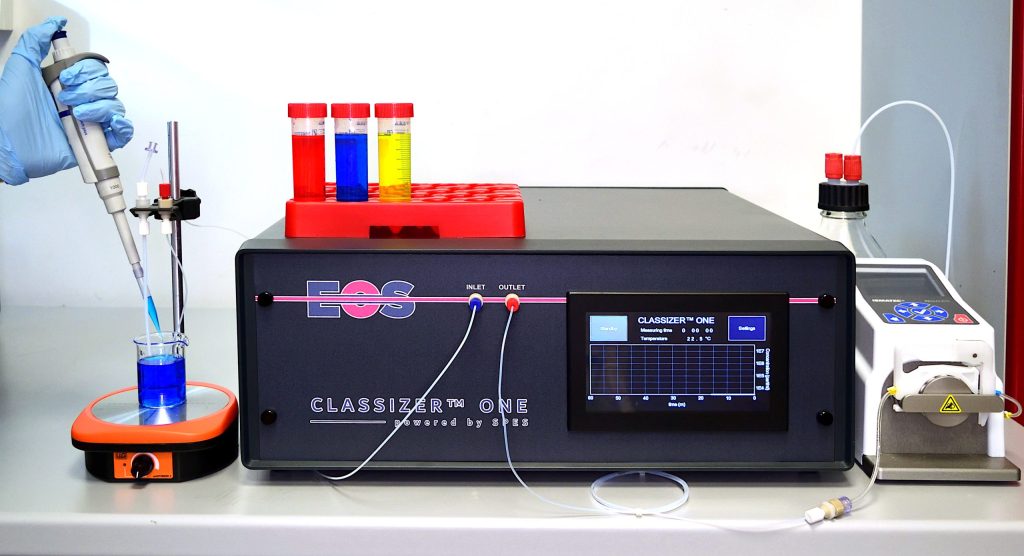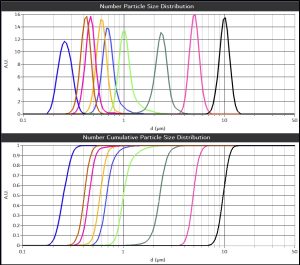Techniques Behind Understanding Particle Properties
An article written for the RSC Particle Characterisation Interest Group by Mel Disher, Particle Characterisation Specialist at Analytik
Within the PCIG we are always looking to discover new techniques to complement existing technologies in the particle characterisation field. When considering the needs of the members of the PCIG commonly desirable measurements such as size, concentration, composition, agglomeration, and internal and external loading are of interest to the research areas of group members. Samples that are difficult to characterise are of specific interest and include particles in biological, industrial, and environmental heterogeneous fluids.
This article provides insight into a new technique that will be able to provide valuable insights for particles dispersed in solution. The aim of this article is to introduce readers to Single Particle Extinction and Scattering (SPES) and how the characterisation of heterogenous mixtures is made simple using this technique.
As its name suggests, this technique analyses single particles in the fluid by careful control of the flow of sample through a shaped and focussed laser beam. The particles are driven by laminar flow which enables single particles pass through the laser beam. The interference pattern between the transmitted beam and the forward scattered light is recorded on a segmented photodiode. These interference patterns provide unique insights into the optical properties of the illuminated particle.
Characterisation of the scattered light provides single-particle measurements of two independent parameters: extinction cross-section (Cext) and the polarizability (α). The extinction cross-section (Cext), indicates the amount of energy removed by the particle when crossing the light beam and is directly related to the volume of the particle. The polarizability (α) is representative of a specific optical property which is associated to the way in which the particle interacts with the laser that illuminates it. For a sample containing dielectric particles, from the two properties (Cext and α), it is possible to automatically obtain the particle diameter and effective refractive index (n) of the individual particles measured. The effective refractive index is ultimately related to the material, the shape, and the degree of compactness of each particle which allows the software e.g., to separate particles with similar hydrodynamic radius but with different compositions.
The two parameters (Cext and α) are plotted as X and Y coordinates, respectively, to produce a two-dimensional histogram plot for all the particles in the measured sample. From the plotted coordinates, clouds develop on the histogram which are based on the optical properties of the particles within the sample. Particles of the same composition but with varying sizes produce elongated clouds, while particles of different compositions give rise to separate clouds on the histogram. From these histograms, the grey tones of the clouds indicate the numerical concentration of the particles at different sizes. Clouds can be isolated by the software and the characteristics of the particles within the clouds determined. These characteristics include but are not limited to particle size distribution, numerical concentration, sample loading and coating, as well as particle agglomeration.
SPES can be used to measure a broad size range of particles (from 100 nm to 20 µm) in numerous application areas from drug delivery to pigment and ink analysis. This new technique is an exciting step in particle characterisation not least due to the insights that can be gained for heterogeneous samples.
More about the EOS Classizer™ ONE
Based on Single Particle Extinction and Scattering, the EOS Classizer™ ONE is a cutting edge technique for characterising diverse suspensions, including particle mixtures and nanomaterials. The Classizer quantifies the concentration of each particle type even for overlapping particle size distributions, overcoming limitations of traditional methods.




